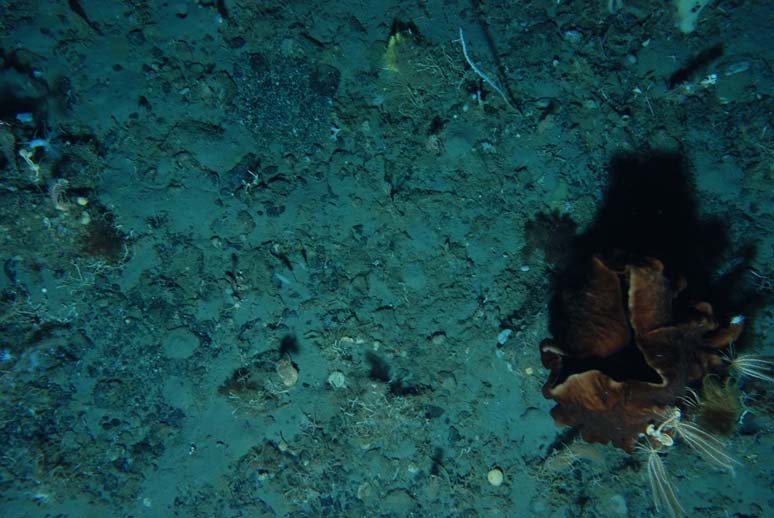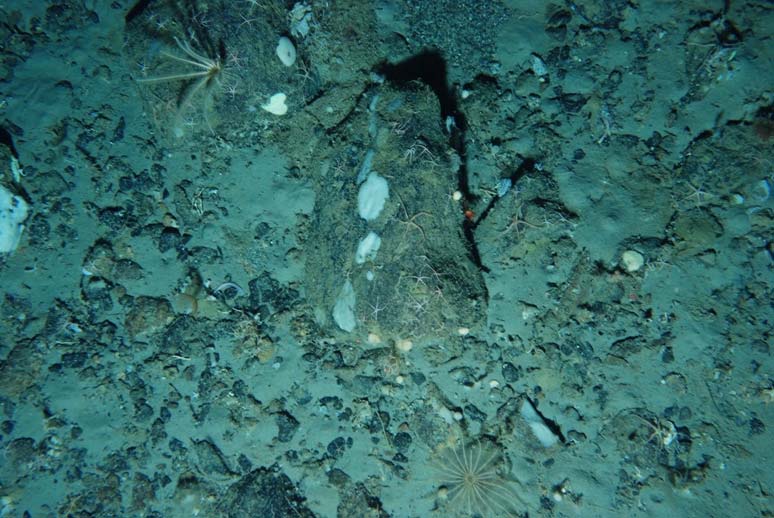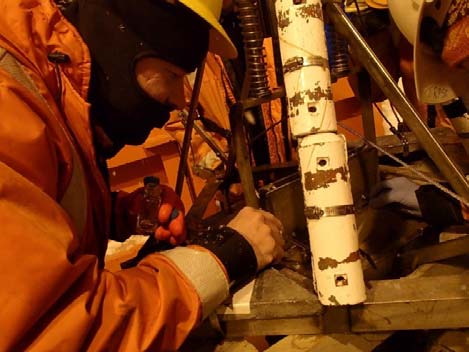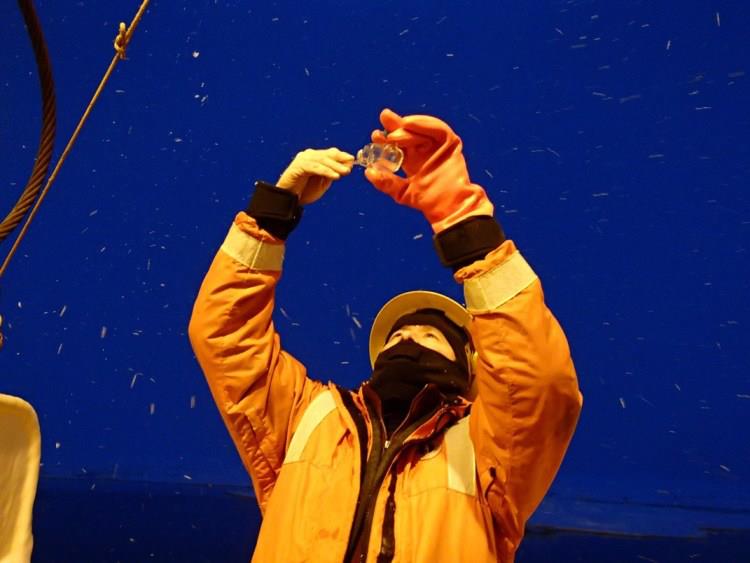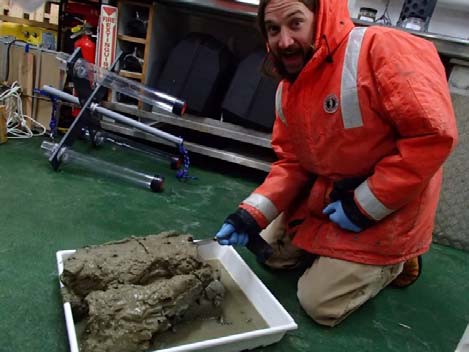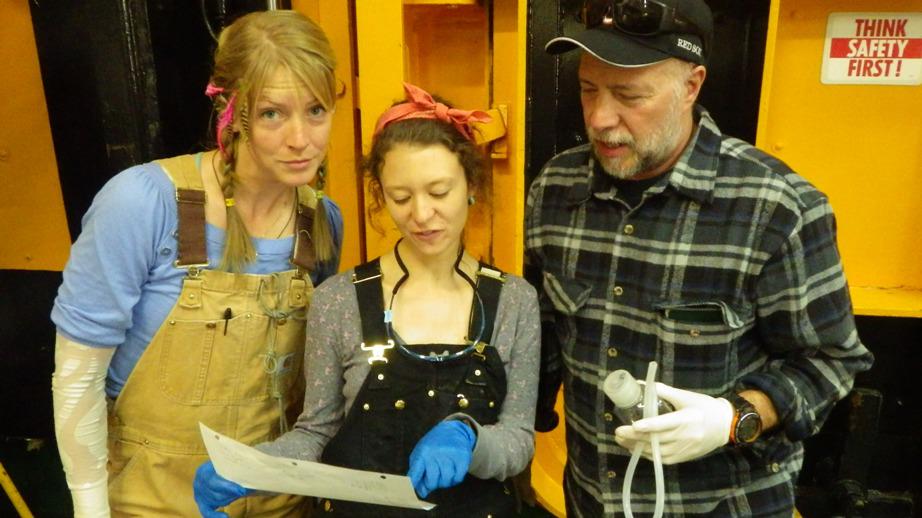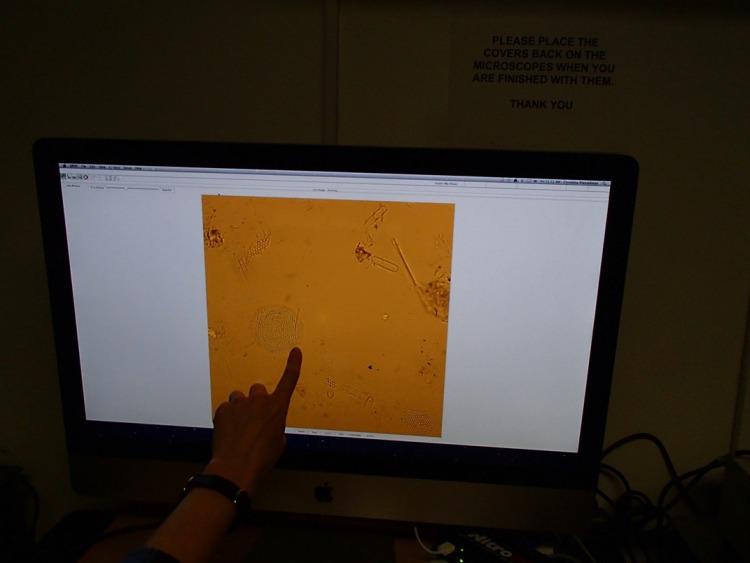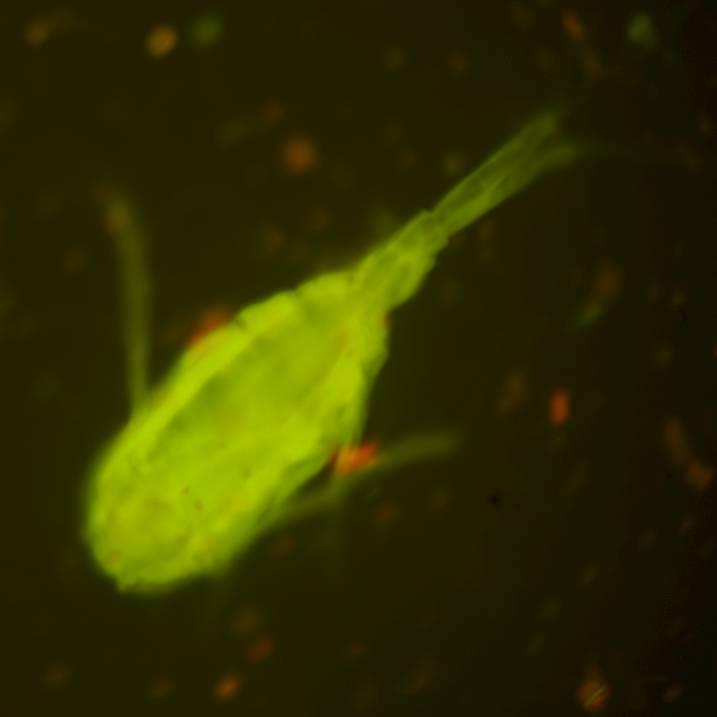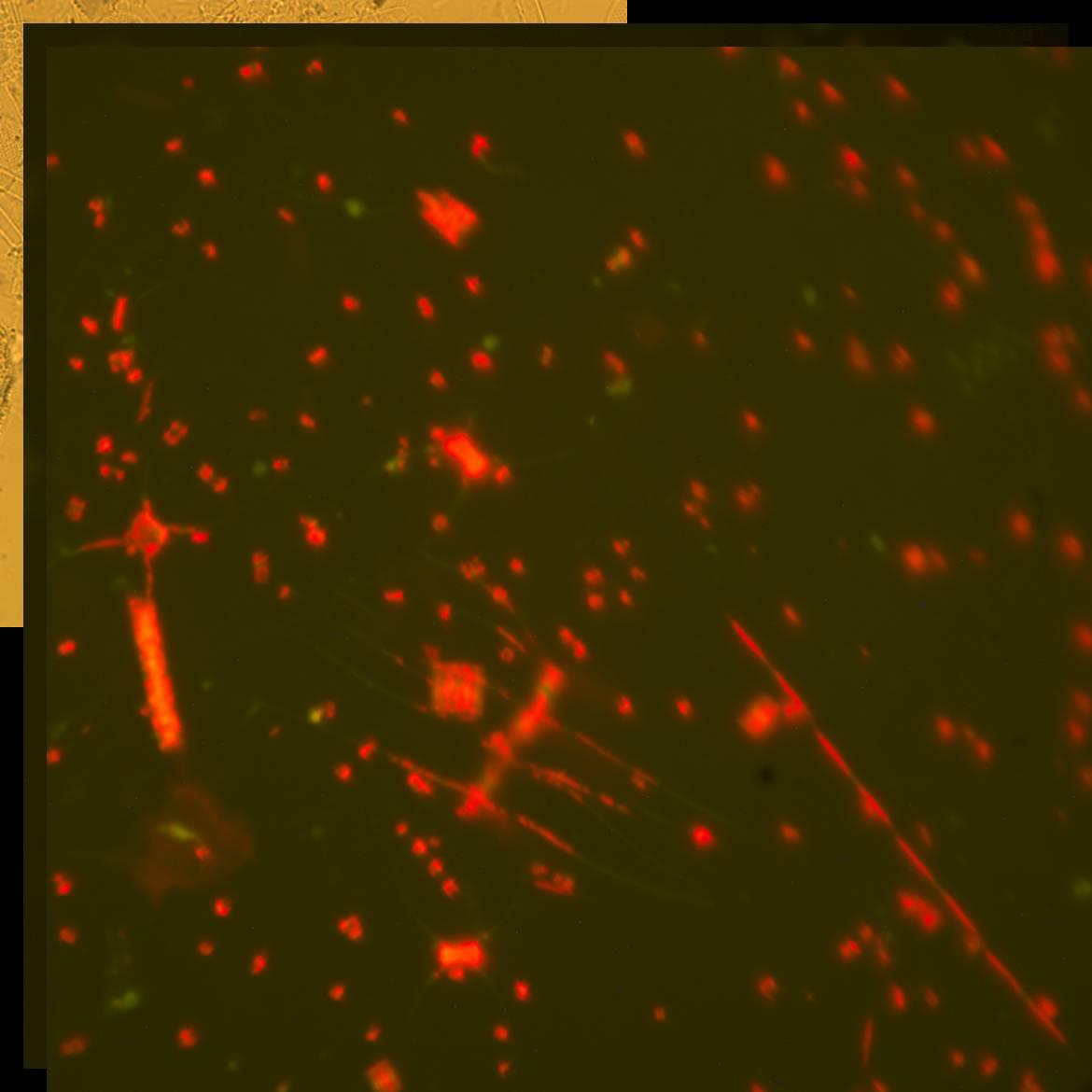ISB in Antarctica: Algae Samples
 isbscience.org/news/2013/03/04/isb-in-antarctica-algae-samples/
isbscience.org/news/2013/03/04/isb-in-antarctica-algae-samples/
It’s not all about water. Studying the cycle of carbon in the sea is a huge undertaking. There are so many parts to look at all the way from the sea surface to the deepest depths. The Ross Sea ranges from about 500 to 1,200 meters deep. Scientists on board want a closer look at the sea’s bottom.
We have cameras that are able to take photos of the sea floor. There are many creatures living down there and they have no idea what is happening at the surface. All they see are the remains of the organisms that once lived at the surface and have sank to the bottom after they died.
The floor is scattered with sea stars, anemones, slug-like creatures, centipede-like creatures, worms and the occasional fish.
Sediment Grab
A claw was sent down to take a sediment grab. This instrument grabs the top surface of the sea floor as well as the water sitting right above it. The whole grab is brought back on the deck of the ship and everyone is excited to see what it holds.
These images are from that thin layer of water above the sea floor. The microscope uses a mercury lamp to shine blue light on to the sample. When blue light shines on algae they glow red because of their chloroplasts, which are unique to plants and algae. Chloroplasts are used for photosynthesis—fixing carbon dioxide in to oxygen using sunlight and water. Note that the copepod (left photo) does not glow red because it is an animal and does not have chlorophyll. The photo to the right is a mixed population of many different types of algae.



